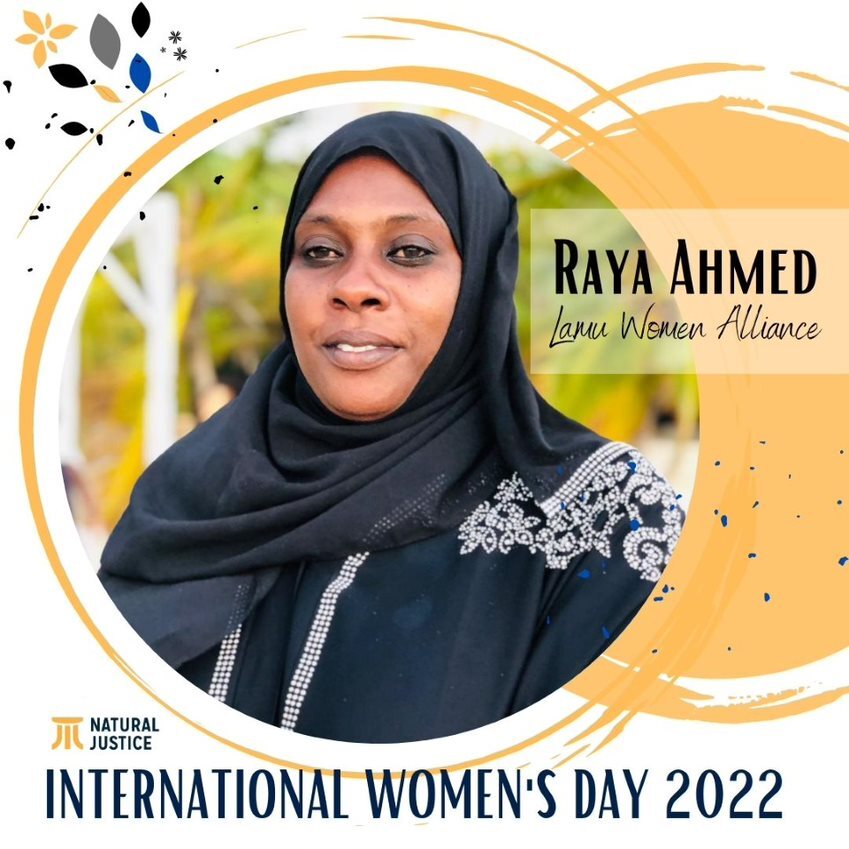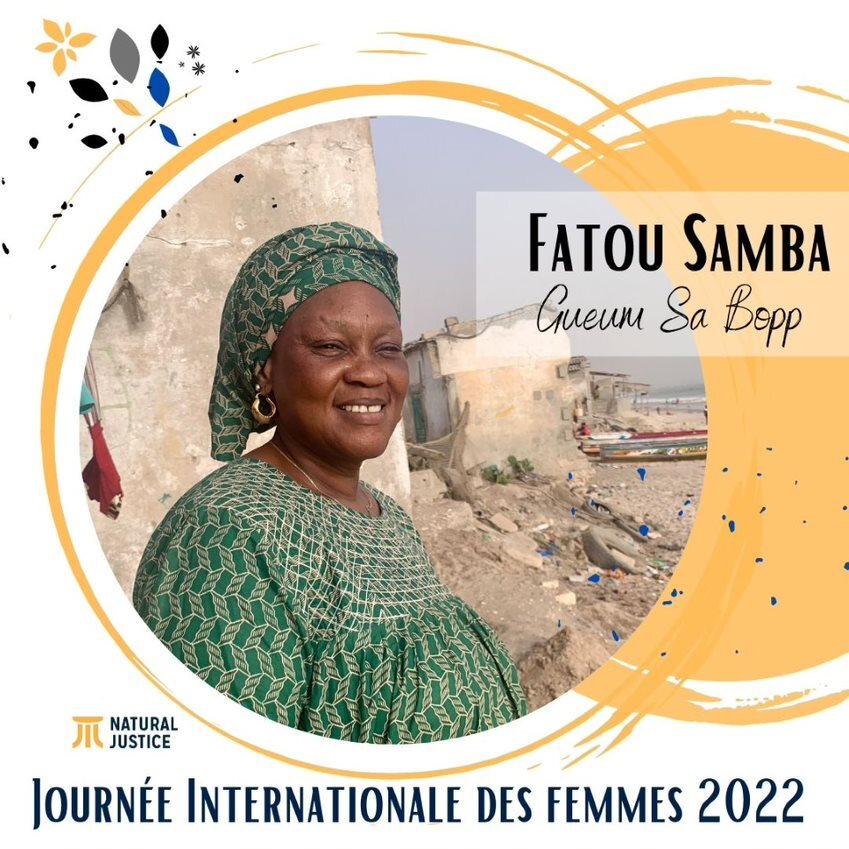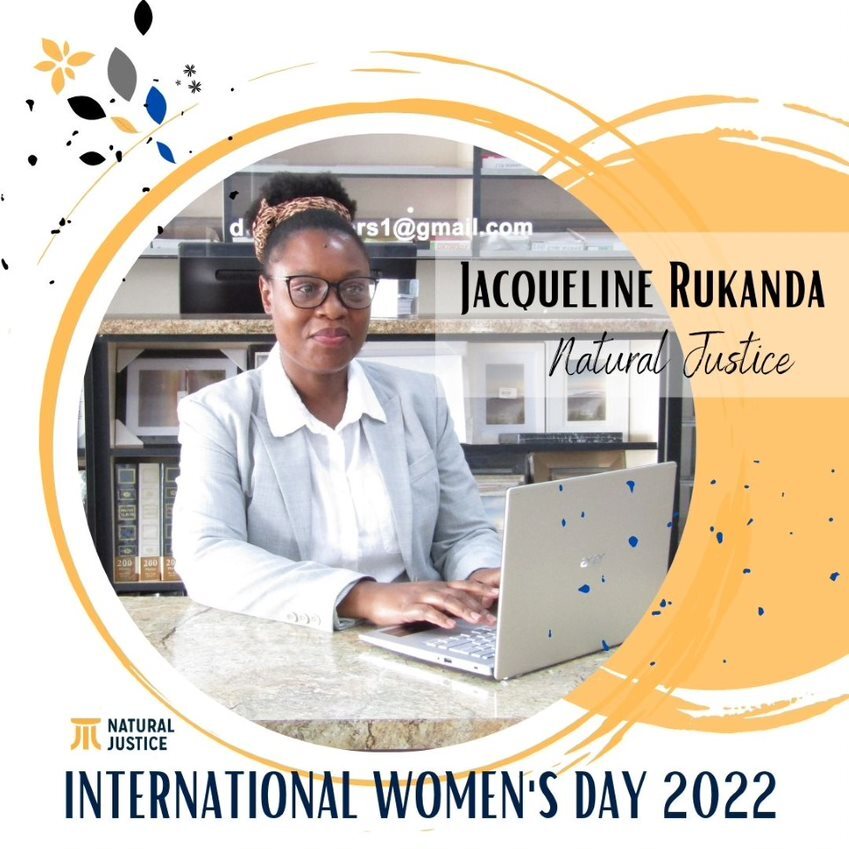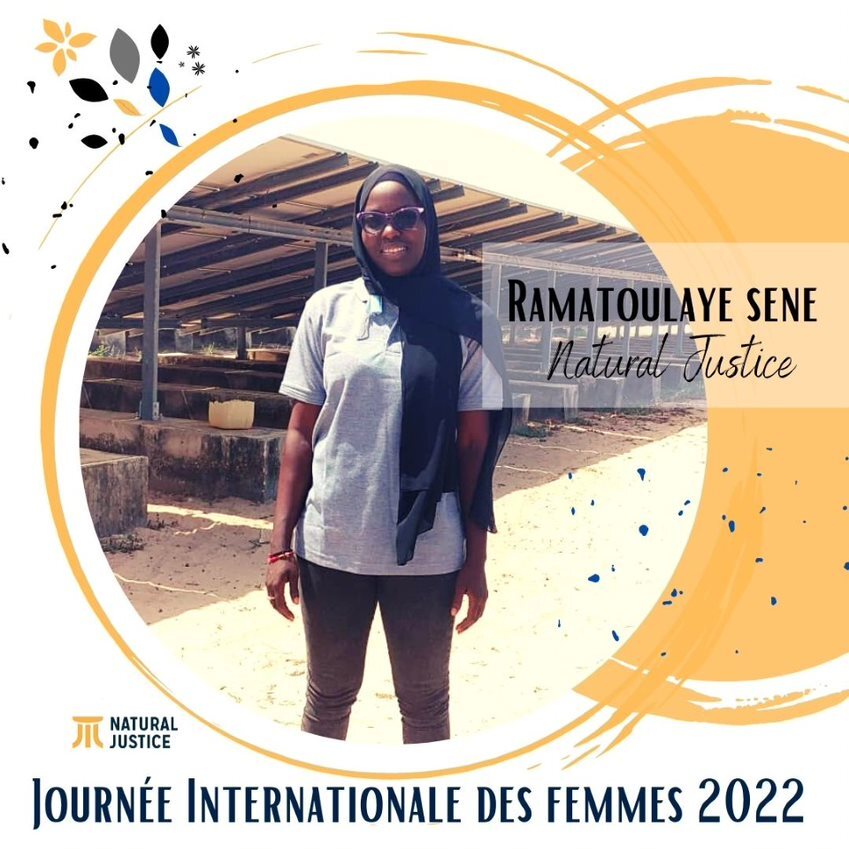Lamu Island is a Port, City, an Island just off the shore of Kenya in the Indian Ocean approximately, 150 miles from Mombasa. Lamu Old Town is the oldest and best-preserved Swahili Settlement in East Africa, retaining its traditional functions. Built in coral stone and mangrove timber, the Town is characterized by the simplicity of structural forms enriched by such features as inner courtyards, verandas, and elaborately carved wooden doors. Lamu has hosted major Muslim religious festivals since the 19th Century, and has become a significant centre for the study of Islamic and Swahili cultures, dating back to the 14th Century.
Lamu is situated off the Northern Coast of Kenya & close to the border with Somalia. Strategically located along ancient trade routes between the Middle East & South Asia. Lamu Island was once the most important trade hub in the region. It’s one of the oldest & best preserved Swahili settlements in Africa and characterised by unspoilt picturesque beaches and traditional stone architecture with ornately carved wooden doors as the gateways to the homes made from mangrove timber. The Old Town is UNESCO World Heritage Site too. The streets are narrow, meaning that traversing the island by car is impossible. Instead, there are donkeys - everywhere - more than 3000 of them. Visiting the archaeological, Takwa Ruins which were abandoned around the 18th Century and can be reached by a quick boat trip to the South side of Manda Island across the bay.
The baobab trees, mangrove forests, vegetation & birdlife - just spectacular! Dhows were the largest traditional wind-powered sailboats of the Indian Ocean, which were once used to transport exotic spices and goods between East Africa & Asia hundreds of Years ago. Sunset cruising on these traditional Dhow’s around the Lamu, Archipelago is beyond magical, even with all the unexpected downpours! Added to this, the most delicious meals at the popular Peponi Hotel on Shela Beach, about 2 km’s from Old Town, is an absolute must. Life in Lamu moves at the pace of a donkey or Dhow. “Pole Pole”, which means slowly in Swahili.
The buildings on the seafront with their arcades and open verandas provide a unified visual impression of the Town when approaching it from the sea. The buildings are well preserved and carry a long history that represents the development of Swahili building technology, based on coral, lime and mangrove poles. Once a center for the slave trade, the population of Lamu is ethnically diverse. Lamu was on the main Arabian trading routes, and as a result, the population of 53.01 million (2021), is largely Muslim. From respect to the Muslim inhabitants, tourists in Town are expected to wear more than shorts or bikinis. Explorers can snorkel, take part in sailing trips with a sail around the island being a top activity and partake in walks along the beach.
Guided tours through the Town visiting the Lamu Museum and Siyu Fort will make you look forward to non-alcoholic, sundowners or meals at different spectacular locations.
Raya Famau Ahmed

Raya is the Chair of the Lamu Women Alliance in Kenya, which is a consortium of 11 local women-led organizations in Lamu County, representing marginalised women in the region. They aim to tackle intersecting struggles for climate justice, women’s rights and economic justice.
Together with allies, including Save Lamu and the Lamu Women Alliance, Raya was instrumental in resisting the Lamu Coal Plant. The environment tribunal in Kenya cancelled the license awarded to the project proponents by the National Environment Management Authority (NEMA). Sadly, Amu Power appealed the ruling and the appeal is ongoing.
“Many people are not happy that I am always out there trying to help others. Instead, they want me to stay indoors and look after children. People have to come together; people are the power! Indigenous women have first-hand experience of climate change; we are the leaders in environmental conservation.”
Fatou Samba

Fatou is the President of an association called Gueum Sa Bopp which brings together fisher women from the coastal towns of Khelcom and Bargny in Senegal. As a leader within the association, Fatou started a campaign to defend the rights of communities impacted by the Bargny-Sendou coal-fired power plant.
Fatou says that despite the inroads made, the journey was long and hard because women occupy a “second rank” position in society due to cultural and religious norms. After building alliances with fishermen and farmers, the association was able to organise a stronger movement, to better mobilise and resist in solidarity.
“I’m so inspired by the leadership of the women of Khelcom and Bargny who have put their hearts and souls into stopping the coal plant.”
“We must remain courageous, committed and constant in our activism, because it involves a lot of sacrifices, sometimes leaving family to embark on struggles that often last for many years.”
Jacqueline Rukanda

Jacqueline is an attorney and activist working for Natural Justice to help advance our litigation and defending rights strategy.
As a young student working at a Zimbabwean university’s legal clinic, Jacqui was frustrated by the gender inequalities hindering women’s rights and access to justice: “Marginalisation and patriarchy challenged women every step of the way. In the courtroom, I saw how women faced tremendous challenges in benefiting from the law.”
After volunteering at the Zimbabwe Women Lawyers Association and offering pro bono advice to organisations working with women affected by HIV, Jacqui quit corporate law to become a social justice and human rights lawyer.
Jacqui draws inspiration, power and fighting spirit from her mother: “She was forced out of school into a marriage at the age of 15. My mom wanted to teach or become a nurse but had to abandon those dreams because of a harmful cultural practice. However, I am so proud of the way she stood up to fight for herself at a time when such harmful practises were widely accepted or ignored. Even though she did not realise her dreams, "my mother taught me the value of fighting for my beliefs."
Lamenting the lack of political will to address climate change and advance a just transition, Jacqui also resents the hostility and reprisals faced by activists, especially women environmental defenders resisting extractive projects that harm the environment— “Safety is a real risk, worse in a society with such high levels of gender-based violence.”
“Women are caught up in a complex matrix of being caregivers and breadwinners, and so their vulnerability to the impacts of climate change are greater. We need targeted and intentional solutions designed for women and by women.”
Ramatoulaye SENE

Ramatoulaye is a climate justice activist and Community Environmental Legal Officer for Natural Justice in Senegal, working to assist communities impacted by environmental degradation and climate-induced struggles in the region of Sine du Saloum.
For many years, she has worked with communities, associations, and movements to defend the environment. Ramatoulaye highlights that not only are climate change impacts gendered, but because the climate and environmental sector is dominated by men, women are seldom given the space to share perspectives and solutions, making it especially difficult to navigate as a young women. “To eradicate gender-related challenges within our struggle for a sustainable planet, women’s supervision and custodianship must be central. Legal frameworks must also include language to guarantee women’s empowerment and decision-making power to address climate change. We must transform our challenges into tools to drive positive change.”